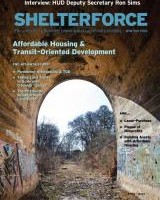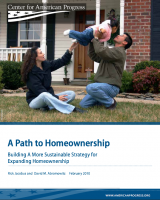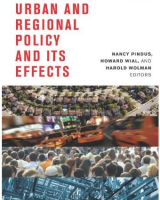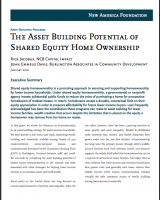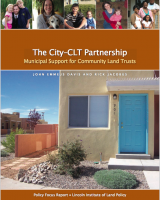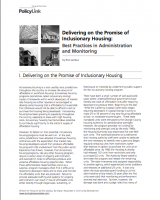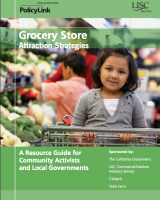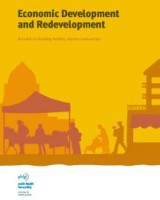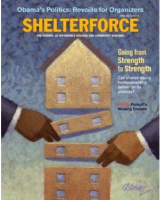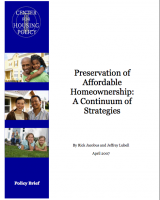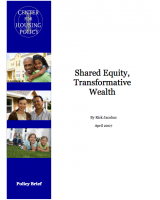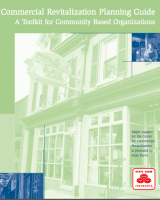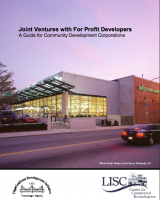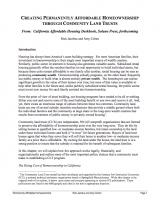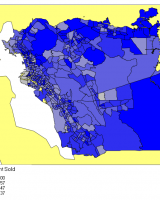Shelterforce: Best of Both Worlds
Brookings: Retail Trade as a Path to Neighborhood Revitalization
The Asset Building Potential of Shared Equity Homeownership
Best Practices in Inclusionary Housing
Stewardship for Lasting Affordability
Grocery Store Attraction Strategies
Economic Development and Health Toolkit
Shelterforce: Cities and CLTs
Preservation of Affordable Homeownership
Shared Equity/Transformative Wealth
Commercial Revitalization Planning Guide
Inclusinary Housing in California
Joint Venture Guide
Creating Permanently Affordable Homeownership with CLTs
Beyond Lender Bias: The Struggle for Capital in a Networked Economy
